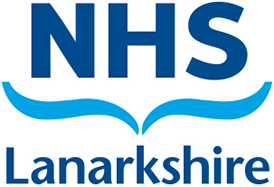Brain Injury Awareness
Section one: Introduction and module aims
Introduction
A brain Injury happens suddenly. It can be caused by either some kind of trauma (e.g. an injury) or it can be acquired (e.g. an infection).
People who have a brain injury can have a range of difficulties. These could be physical, psychological, cognitive (thinking) or language problems. These problems can be life changing for both the person and their families. It can affect every aspect of their lives such as doing their daily activities, having relationships with family and friends, or being able to continue to work or study.
Aims of the module
This module will give you:
- Information on the function of the brain
- Information on traumatic and acquired brain injury
- An understanding of the impact of brain injury
- Other resources where you can learn more about brain injury
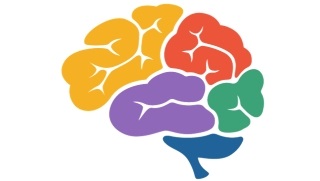
Section two: The structure and functions of the human brain
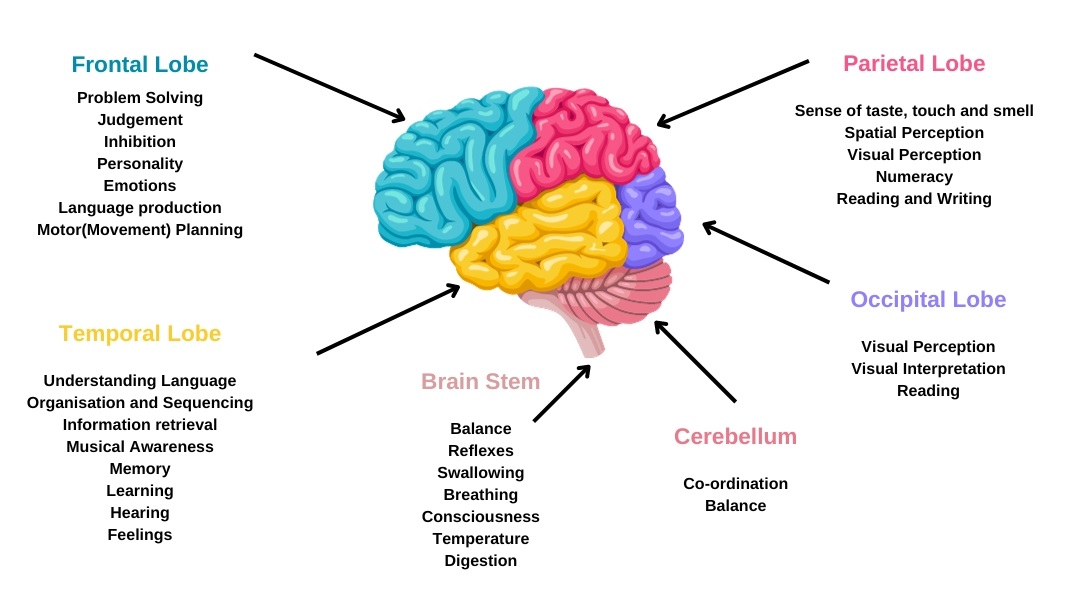
What does the brain do?
The brain is the powerhouse of the body, even though it only makes up 2% of the body’s weight.
The brain oversees how the body works, and gives us consciousness and personality. The brain is surrounded by a liquid called cerebrospinal fluid. This fluid nourishes the brain and works as a shock absorber.
The brain is made up of 3 main parts:
1. Cerebrum – The cerebrum is the biggest part of the brain. It is divided into two hemispheres (halves) which are connected by a thick band of nerve fibres called the corpus callosum. This lets the two halves of the brain communicate with each other.
The left half normally controls the right side of the body and the right half normally controls the left side of the body. Each half is divided into 4 lobes. These are called the frontal, parietal, temporal and occipital lobes.
2. Cerebellum – The cerebellum is found at the bottom of the brain near the back, towards your neck. It helps you to do these things:
- balance when moving
- judge the size of or distance from objects
- learn new words
- keep a sense of timing
- It can also play a part in emotions and how you make decisions
3. Brainstem – This is the lower part of your brain that connects it to your spinal cord. It is responsible for most of the automatic functions in your body such as breathing, sweating, circulation, wakefulness and sleep.
Brain Protection
The brain has several ways to protect it from being injured: the skull; and three “linings” called meninges.
- The skull is the outer layer of protection and is made of thick bone
- The first lining next to the skull is thick and called the Dura mater
- The middle lining is a bit like a spider’s web and is called the Arachnoid mater.
- The thin inner lining closest to the brain is the Pia mater
Section three: What is a brain injury?
A traumatic brain injury occurs when the normal functions of the brain are affected by an injury, such as a blow, bump or jolt to the head. This can happen when the head suddenly and violently hits an object, or when an object pierces the skull and enters the brain tissue.
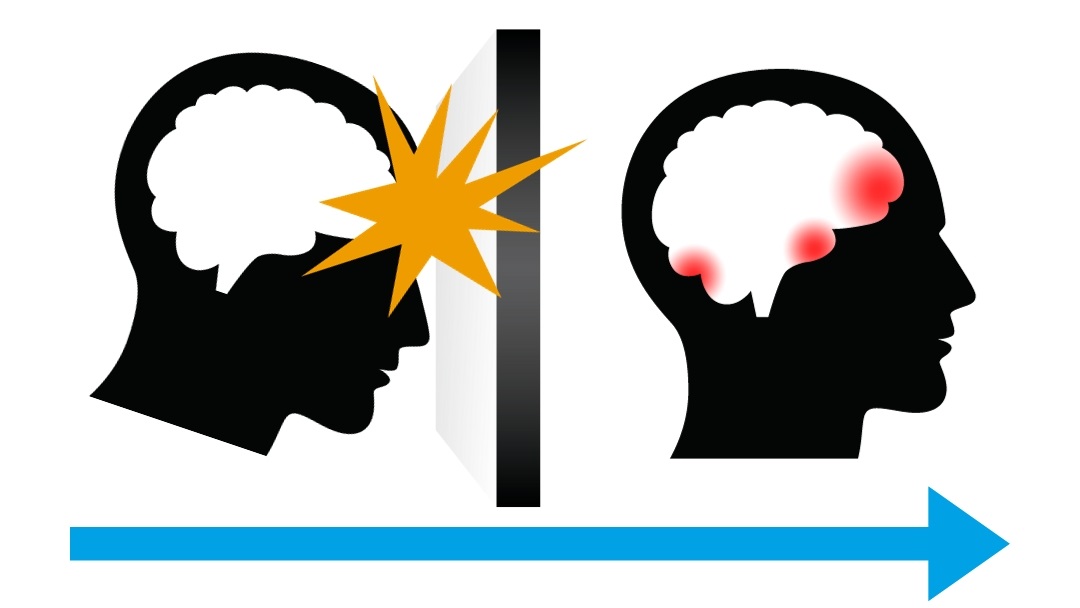
An acquired brain injury is all situations where a brain injury has occurred since birth. It includes traumatic brain injury and other forms of injury. For example: brain haemorrhage; encephalitis; and hypoxic brain injury (lack of oxygen to the brain) to name a few. (2).
Brain Injury Classification – This is how health care staff decide how serious a brain injury is.
Staff use these 3 measures to see how severe a brain injury is:
- The Glasgow Coma Scale (GCS) – this rates how conscious a person is. It looks at: eye opening; verbal responses; and movements.
- How long someone is unconscious
- Length of post traumatic amnesia (PTA). This is the length of time a person is confused and disoriented after a brain injury
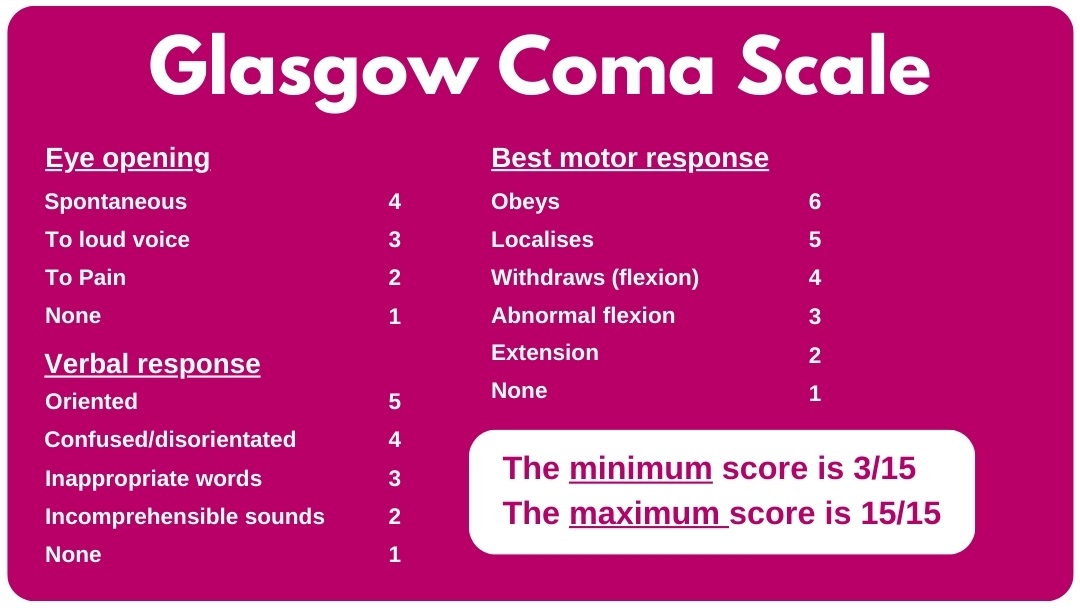
Mild Brain Injury
- GCS 13-15 – Loss of Consciousness less than 15 minutes – PTA less than 1 hour
Moderate Brain Injury
- GCS 9-12 – Loss of Consciousness 15 minutes to 6 hours- PTA 1 – 24 hours
Severe Brain injury
- GCS less than 9 – Loss of Consciousness 6-24 hours – PTA 24 hours -7 days
Very Severe Injury
- GCS less than 9 – Loss of Consciousness more than 48 hours- PTA more than 7 days
Brain Injury Recovery
Recovery time following a brain injury is different for everyone. It can take a number of months of rehabilitation to achieve improvements and as time goes by recovery slows down. It is important that other injuries the person may have are treated promptly to avoid further damage to the brain.
The difficulties a person has following a brain injury can be lasting and they may not recover all of the abilities they had before their injury. The impact on people can range from mild life long difficulties to requiring significant care and support services for the rest of their lives .
Following a brain injury the brain cells and tissue surrounding the injury site can be affected by swelling or bleeding and this can affect how the brain works. As these symptoms settle, improvements in the person’s abilities maybe seen. This can happen when blood or swelling in the brain settles naturally or the person may require an operation to remove pockets of blood in the affected areas.
The brain cannot make new cells or tissue, but research is beginning to show that it may be possible for other areas of brain tissue that have not been damage to take over some of the functions of the damaged cells.
Section four: Impact of Brain Injury
People who have a brain injury can have a range of difficulties.
Some examples include difficulties with –
- Physical – walking, moving around, balance, muscle weakness
- Cognitive (thinking) – memory, attention, planning
- Psychological – mood, anxiety, adjusting to new things, personality changes
- Communication – speech or understanding, or having appropriate conversations.
- Social –being able to carry out normal roles and tasks, keeping relationships.
All brain injuries are different and people may have difficulties in all of these areas or just in some.
Below there are some short videos about how brain injury can affect people and families.
The Invisible Rain Cloud- Living with a traumatic brain injury
Living with a stranger – my husband’s brain injury
Impact on families and loved ones
Brain Injury can also have a significant effect on family members, loved ones and friends of the person with the injury. They may find themselves having to adjust to changes in the person’s personality, behaviour, language, thinking skills, emotions and physical ability
Family roles may change such as a family member having to go out to work as the person with the brain injury can no longer do this, or they may need to provide or manage care for their loved one.
Their home may need building alterations or installation of specialist equipment so that their loved one can return home.
All of this can be stressful, challenging or upsetting. It is important that loved ones look after themselves and speak to the rehabilitation team who can provide education, support, advice and guidance to help them cope with these adjustments.
Below are a couple of links to guides produced by the Mayo Centre that can be accessed on the internet. Click on the links to read the full guides:
Resources
Here are other resources where you can learn more about brain injury:
References:
- Understanding Brain Injury – A Guide For The Family (nbia.ca)
- https://www.headway.org.uk/
- http://nbia.ca/pdfs/understanding – brain-injury.pdf
- https://www.glasgowcomascale.org/
- https://www.sabin.scot.nhs.uk/
- https://msktc.org/tbi/factsheets/understanding-tbi-part-4-impact-recent-tbi-family-members-and-what-they-can-do-help
